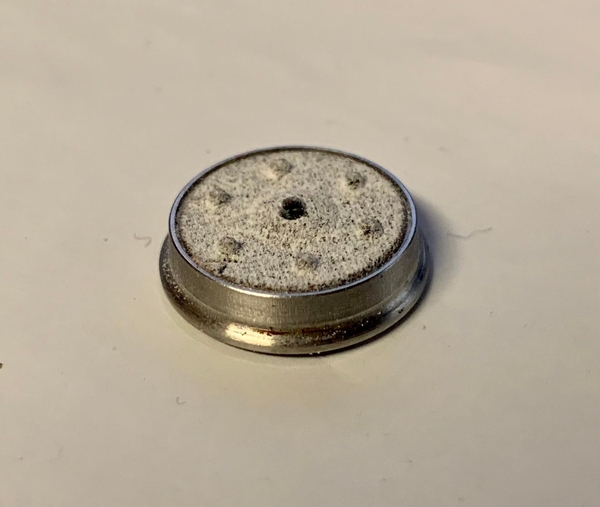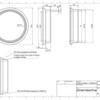To start, it probably bears mentioning what I do and who I am, as I generally have turned into a lurker around here. I'm Dylan Lambert, owner of Lambert Locomotive Works. Up until this past June I've primarily focused on On30, but after some conversations I began development of a power truck for O Scale traction. The picture attached shows the rendering of where I am now. I've mostly talked about it on Facebook, but it bears mentioning here. The idea is for a fully under-floor power truck that can avoid major frame surgery to fit it. Below is a picture of the current CAD designs. 
Testing so far on the Corgi test units that a friend is assisting me with noted that there's some flexibility to the frame itself that causes a balance issue, so I'm working on a reinforcing plate to help deal with that. Each kit will come with the assembly jigs and parts to make a power truck and the dummy, along with the screws and sideframes. At present the sideframes are the main remaining component to design. Suffice to say these will likely also work on other PCCs as well.
The cost for the kit will likely sit in the $130-140 range based on present information. If you're going to want to get on the list for the first batch, please email me at lambertlocomotiveworks@gmail.com. I'm looking at a max of 100 kits for this first batch. Once everything is finalized and final testing completed, I'll put out the word on the order procedures. By getting a head count now I'll have a good handle on what to expect once I'm ready to begin taking orders.















